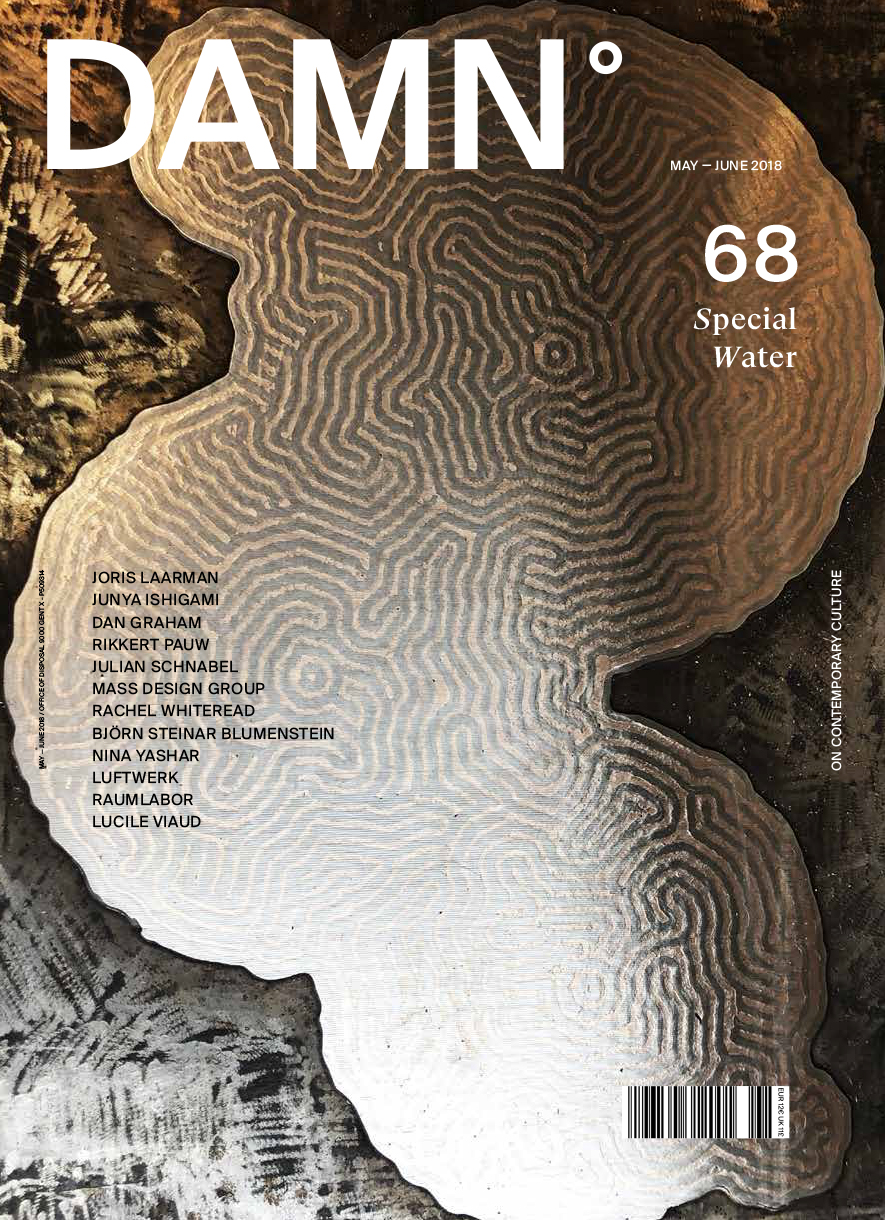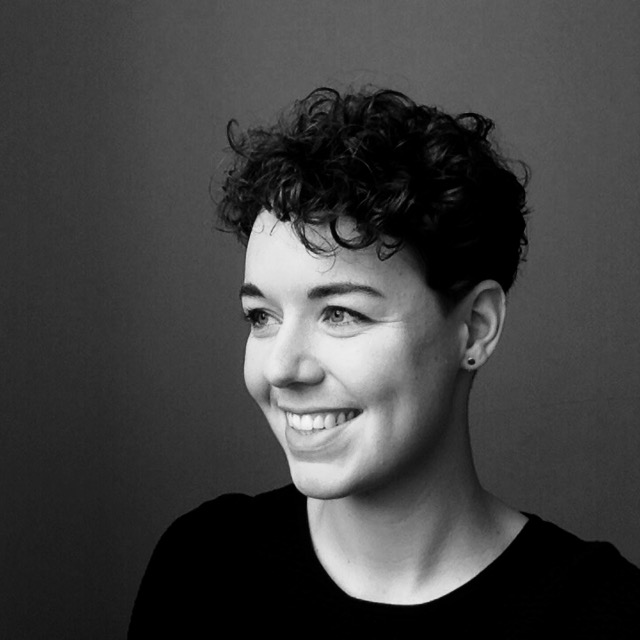Current European Union statistics reveal that detached houses provide a home to only approximately 14% of city-dwellers in the EU-28, while around 60% of the city population occupies a flat. In the past years, prices for houses or apartments not only in European cities but worldwide have gone so high that especially young generations are less able to purchase their very own four walls. Even city rental apartments are getting less and less affordable. And the available ones – in most cases – can’t meet the requirements of their individual residents, because they are highly standardised.
For this year’s Salone del Mobile in Milan, MINI LIVING teamed up with London architectural firm Studiomama to tackle some of these issues. They presented a living concept that lets residents be part of the design process so that their individual needs can be addressed. MINI LIVING was first launched by MINI in 2016 to translate one of the company’s key principles, the creative use of space, into solutions for how people live, work, and interact in cities. With a small footprint in mind, the initiative seeks to answer challenges in the field through an approach that combines design knowledge, experience and fun. With its MINI LIVING – Breathe and MINI LIVING – Do Disturb installations, taking place during Salone del Mobile in 2016 and 2017 respectively, the initiative has already exhibited concepts for shared and collaborative living/working.
 Studiomama is a perfect match for MINI LIVING’s concept for Salone del Mobile 2018, because the two of them share very similar interests and beliefs when it comes bottom-up and collaborative design approaches. Studiomama bases its work ‘on characterful aesthetic combined with a democratic belief in good design for all’, according to founder Nina Tolstrup. She established Studiomama in 2000, together with her husband and design collaborator Jack Mama. Its curiosity for new challenges has resulted in a diverse portfolio with furniture, electronic products, jewellery, exhibition design, NGO collaborations, and architectural projects, among others. It see its role as one in which the limits are to be pushed, for example, through extending the life of products and exploring forms of upcycling. By doing so it also challenges conventional business models and distribution methods. Studiomama believes that it is crucial to develop solutions for the challenges of compact living spaces, especially given trends towards urbanisation and the rise of megacities. It’s a way of thinking and doing already evidenced in its past interior schemes for homes, such as last year’s 13m2 house in north London.
Studiomama is a perfect match for MINI LIVING’s concept for Salone del Mobile 2018, because the two of them share very similar interests and beliefs when it comes bottom-up and collaborative design approaches. Studiomama bases its work ‘on characterful aesthetic combined with a democratic belief in good design for all’, according to founder Nina Tolstrup. She established Studiomama in 2000, together with her husband and design collaborator Jack Mama. Its curiosity for new challenges has resulted in a diverse portfolio with furniture, electronic products, jewellery, exhibition design, NGO collaborations, and architectural projects, among others. It see its role as one in which the limits are to be pushed, for example, through extending the life of products and exploring forms of upcycling. By doing so it also challenges conventional business models and distribution methods. Studiomama believes that it is crucial to develop solutions for the challenges of compact living spaces, especially given trends towards urbanisation and the rise of megacities. It’s a way of thinking and doing already evidenced in its past interior schemes for homes, such as last year’s 13m2 house in north London.
In their collaboration for this year’s Salone del Mobile, MINI LIVING and Studiomama were interested in exploring the question of how urban places can bring people together, and provide tools and inspiration to enhance an exchange of knowledge and to allow for the growth of a creative community. ‘In this day and age, there is a strong will to design the world we really want to live in from the bottom-up,’ explains Oke Hauser, Creative Lead at MINI LIVING. He continues: ‘Putting people’s needs first is ultimately the essence and beauty of architecture.’ Studiomama with its explorations into democratic design and open source shares this strong interest of not just creating living spaces for people, but to enable residents to design their own home.
 Together they developed a concept of a self-contained micro-neighbourhood. While an experience area, named Factory of Ideas, gave visitors the opportunity to create their own visions of living spaces with the help of models, an installation showcased four examples of living space concepts along with public areas. ‘We envisage that users and communities can co-create their personal living spaces,’ explains Studiomama. To illustrate how its modular system can support residents to address individual needs and desires, the studio imagined four different fictional characters and created their living and working scenarios.
Together they developed a concept of a self-contained micro-neighbourhood. While an experience area, named Factory of Ideas, gave visitors the opportunity to create their own visions of living spaces with the help of models, an installation showcased four examples of living space concepts along with public areas. ‘We envisage that users and communities can co-create their personal living spaces,’ explains Studiomama. To illustrate how its modular system can support residents to address individual needs and desires, the studio imagined four different fictional characters and created their living and working scenarios.


 For example, one model showed the space of a pattern cutter: it contained a work desk with a sewing machine, light box, dress mannequin, space for storage of rolls of textiles, as well as a big peg board. Another model presented the space of a scientific illustrator who had, next to a drawing desk, her own small greenhouse for cactuses and plants that are her passion and a source of inspiration. A completely different space was imagined for a craft curator who lives in a minimal way, but has a cabinet with his collection of Japanese ceramic objects. Finally, there was also the home of a DJ and music technician who lives with his vinyl collection, and whose space is enriched by a small recording studio. While the concept of the installation minimised the private spaces, it offered bigger communal spaces including a gym, kitchen, cinema and garden. The collective space has the ability to nurture creativity and to foster collaborations and a strong sense of community.
For example, one model showed the space of a pattern cutter: it contained a work desk with a sewing machine, light box, dress mannequin, space for storage of rolls of textiles, as well as a big peg board. Another model presented the space of a scientific illustrator who had, next to a drawing desk, her own small greenhouse for cactuses and plants that are her passion and a source of inspiration. A completely different space was imagined for a craft curator who lives in a minimal way, but has a cabinet with his collection of Japanese ceramic objects. Finally, there was also the home of a DJ and music technician who lives with his vinyl collection, and whose space is enriched by a small recording studio. While the concept of the installation minimised the private spaces, it offered bigger communal spaces including a gym, kitchen, cinema and garden. The collective space has the ability to nurture creativity and to foster collaborations and a strong sense of community.
mini.com
studiomama.com
For this year’s Salone del Mobile in Milan, MINI LIVING teamed up with London architectural firm Studiomama to tackle some of these issues. They presented a living concept that lets residents be part of the design process so that their individual needs can be addressed. MINI LIVING was first launched by MINI in 2016 to translate one of the company’s key principles, the creative use of space, into solutions for how people live, work, and interact in cities. With a small footprint in mind, the initiative seeks to answer challenges in the field through an approach that combines design knowledge, experience and fun. With its MINI LIVING – Breathe and MINI LIVING – Do Disturb installations, taking place during Salone del Mobile in 2016 and 2017 respectively, the initiative has already exhibited concepts for shared and collaborative living/working.

Oke Hauser, Creative Lead at MINI LIVING, and Nina Tolstrup from Studiomama
In their collaboration for this year’s Salone del Mobile, MINI LIVING and Studiomama were interested in exploring the question of how urban places can bring people together, and provide tools and inspiration to enhance an exchange of knowledge and to allow for the growth of a creative community. ‘In this day and age, there is a strong will to design the world we really want to live in from the bottom-up,’ explains Oke Hauser, Creative Lead at MINI LIVING. He continues: ‘Putting people’s needs first is ultimately the essence and beauty of architecture.’ Studiomama with its explorations into democratic design and open source shares this strong interest of not just creating living spaces for people, but to enable residents to design their own home.

Factory of Ideas



mini.com
studiomama.com



